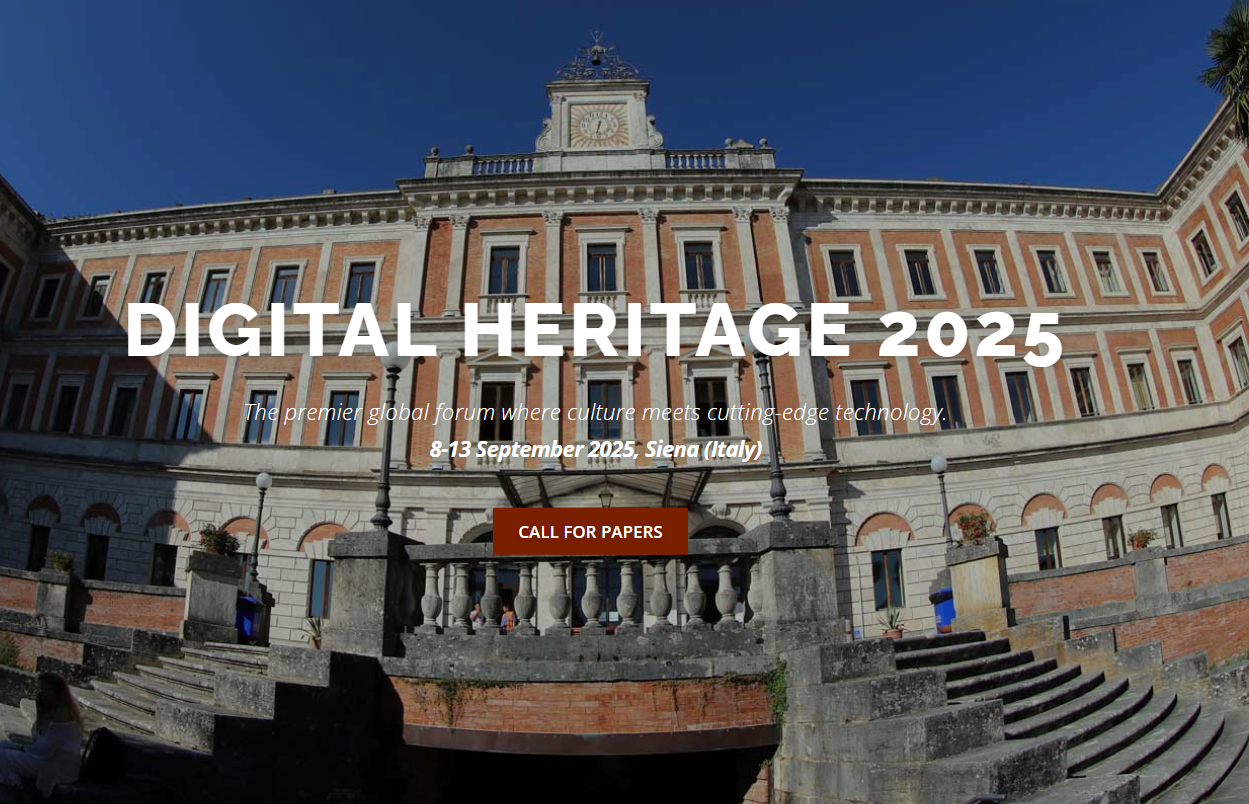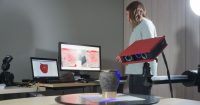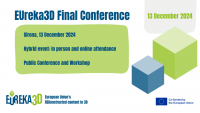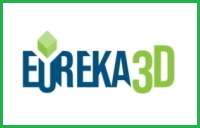Scenario 1.1.
Using specialised research tools from a digital humanities e-Infrastructure on material preserved in-house
A major memory institution in France which has its own development team is gradually implementing a solution for digital preservation. It is using local in-house storage. The institution participates in projects which aggregate content to Europeana and regularly uses social media channels to engage with the wider public. Thus, the access to its digital collections is either possible through the institutional website, or resource discovery is made via specialised portals and social media which in fact redirect the users to the institutional webserver. Recently, it has happened several times that researchers ask to use specialised document analysis tools that are available through an e-Infrastructure. This raises issues of sharing content outside the institutional storage and preservation facilities on the cloud used by the eInfrastucture, or the use of ‘external’ tools for processing locally stored documents. Both options raise concerns, and for the time being there is no good solution for the end users.
Scenario 1.2.
Integrating a new tool into an existing institutional infrastructure
A major memory institution in Germany had already developed its own preservation infrastructure. A new research project is asking for a newly developed software tool that would save time on checking file formats. However, the integration of this tool with the existing preservation solution cannot compromise any essential preservation features implemented in the local preservation system. The requirement is to analyse the difference that using the new tool will make and how to embed it with other components already in place; or how to run the new tool from a cloud-based provider and integrate this service with the existing preservation solution.
Scenario 1.3.
Selecting a digital preservation solution in the case of an institution with only voluntary IT support
A little museum in Malta has a historical library and a digitised personal archive collection. The museum has staff of only 9 and only voluntary IT support. The director of the museum is aware of the need to organise digital preservation for the digitised documents, but is not sure how to do it. He receives periodically offers for long-term storage of digital content, but finds it difficult to select or to make a decision. He has practically no IT competence to rely on for decision-making, but is convinced that the decision should be forward-looking and accommodate the needs of the museum for the next 5 years.
Scenario 1.4.
Preservation from a consortium of collections on the cloud
A specialised consortium of several institutions working on a complete digital repository of the works of a modern digital artist who worked and exhibited in 15 different countries has to resolve the issue of preservation of objects that are stored in different location. The works of the digital artist include a variety of digital formats as well as especially developed software tools. The curator of the collection has to identify a cost efficient solution which would also be suitable to store the complex objects in the collection. An additional difficulty is that the copyrights on the objects differ in the countries of origin of the objects.
Scenario 1.5.
Preserving a 3D visualisation
A research lab in the UK is collaborating with an archaeological site in Italy to create a 3D visualisation of an ancient building. The visualisation is used as scientific documentation. Both institutions have to agree who will take care for the preservation in usable state of the model. There is also an issue of interoperability of the model with a free visualisation tool which can be used to show the model on a web site which is resolved producing a lower quality visualisation in an additional format. There is an ongoing discussion whether it also needs to be preserved and by whom.
Scenario 1.6.
Archived data retrieving
Estonian memory institution (Conservation Centre Kanut) which digitises different content wants to make backup copy of files to another memory institutions tape library but needs proof that content is well preserved and it is possible to receive copy of files if needed. Therefore periodically (quarterly) will be carried out test data retrieving.


 If you have interesting news and events to point out in the field of digital cultural heritage, we are waiting for your contribution.
If you have interesting news and events to point out in the field of digital cultural heritage, we are waiting for your contribution.





















